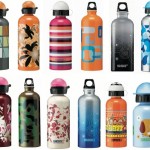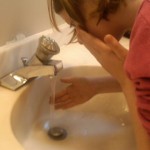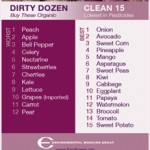Screen your skin from the sun! (And from harmful chemicals!)
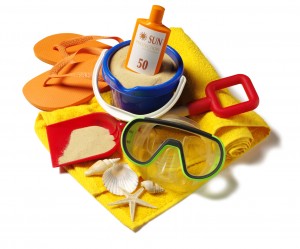 Last week’s sweltering temperatures and the fresh burn on my pale skin painfully remind me it’s time to find some sunscreen. I can only fool myself so many times into believing that if I just wait the extra hour to slather on the SPF-60, I’ll manage a sun-kissed glow…this year I’m determined to avoid lobster-toned August—and to fully shield my skin from skin cancer.
Last week’s sweltering temperatures and the fresh burn on my pale skin painfully remind me it’s time to find some sunscreen. I can only fool myself so many times into believing that if I just wait the extra hour to slather on the SPF-60, I’ll manage a sun-kissed glow…this year I’m determined to avoid lobster-toned August—and to fully shield my skin from skin cancer.
Skin cancer is the most prevalent form of cancer in humans, and rates in the U.S. are rising. Our generation is lucky to have so many preventive options, but unfortunately not every option we have is safe, healthy, and effective. In fact, the Federal Drug Administration has been deliberating for 33 years to regulate the chemicals in sunscreen for safety, and has only just released a statement outlining the restrictions. According to the Environmental Working Group, these FDA approved rules fall far short of adequate.
As you know, choosing the right sunscreen products can be difficult. We’re here to help you in the process, as is the EWG’s list of approved products. Here are some helpful hints:
- Look for products labeled UVA/UVB or broad spectrum. My beloved SPF-60, for instance, only protected my skin from UVB rays—leaving me susceptible to harmful UVA rays responsible for skin cancer, wrinkling, and skin aging.
- Stay away from products that include retinyl palmitate. (While oxybenzone has been listed as harmful and potentially cancer-causing by the EWG, a recent article in The New York Times sheds light on an apparent lack of evidence. We suggest erring on the side of caution, however, and choosing alternative products if possible.
- Avoid fragrance when possible.
- Look for products with zinc and titanium dioxide. Both active ingredients shield your skin from UVA and UVB radiation and continue to be regarded by the EWG as the safest sunscreen products available.
You can feel confident in utilizing EWG’s list of approved products, and keeping these simple guidelines in mind when searching for your product preference, that your skin is protected from the sun and from harmful chemicals.

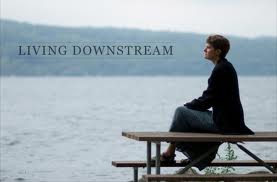
 Green Up Your Health in 2011
Green Up Your Health in 2011
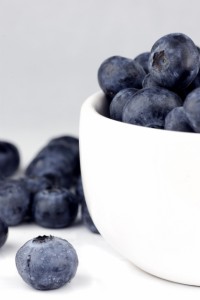 The 12 Dirtiest: Peaches, apples, sweet bell peppers, celery, nectarines, strawberries, cherries, pears, grapes (imported), spinach, lettuce, and potatoes.
The 12 Dirtiest: Peaches, apples, sweet bell peppers, celery, nectarines, strawberries, cherries, pears, grapes (imported), spinach, lettuce, and potatoes.
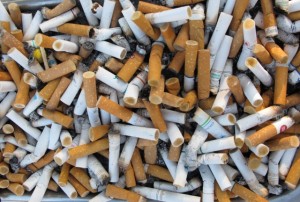 to quit this year—you will be protecting not only your health, but the health of those around you. Some local resources to help you quit include
to quit this year—you will be protecting not only your health, but the health of those around you. Some local resources to help you quit include 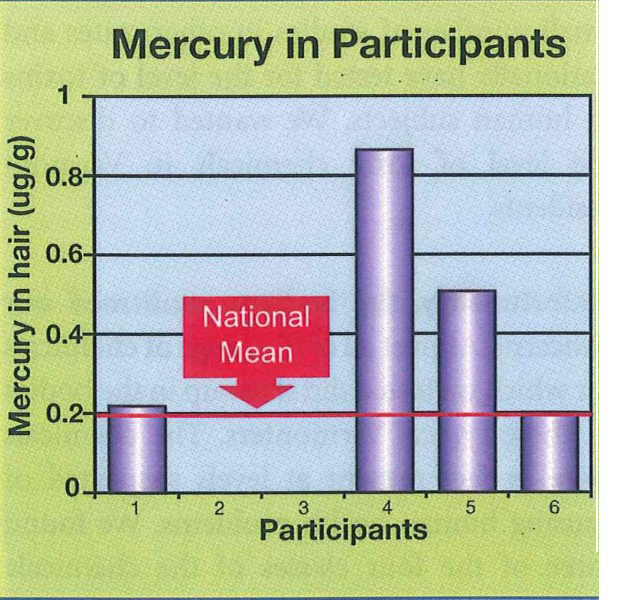 The
The  A study by the Environmental Working Group revealed
A study by the Environmental Working Group revealed 